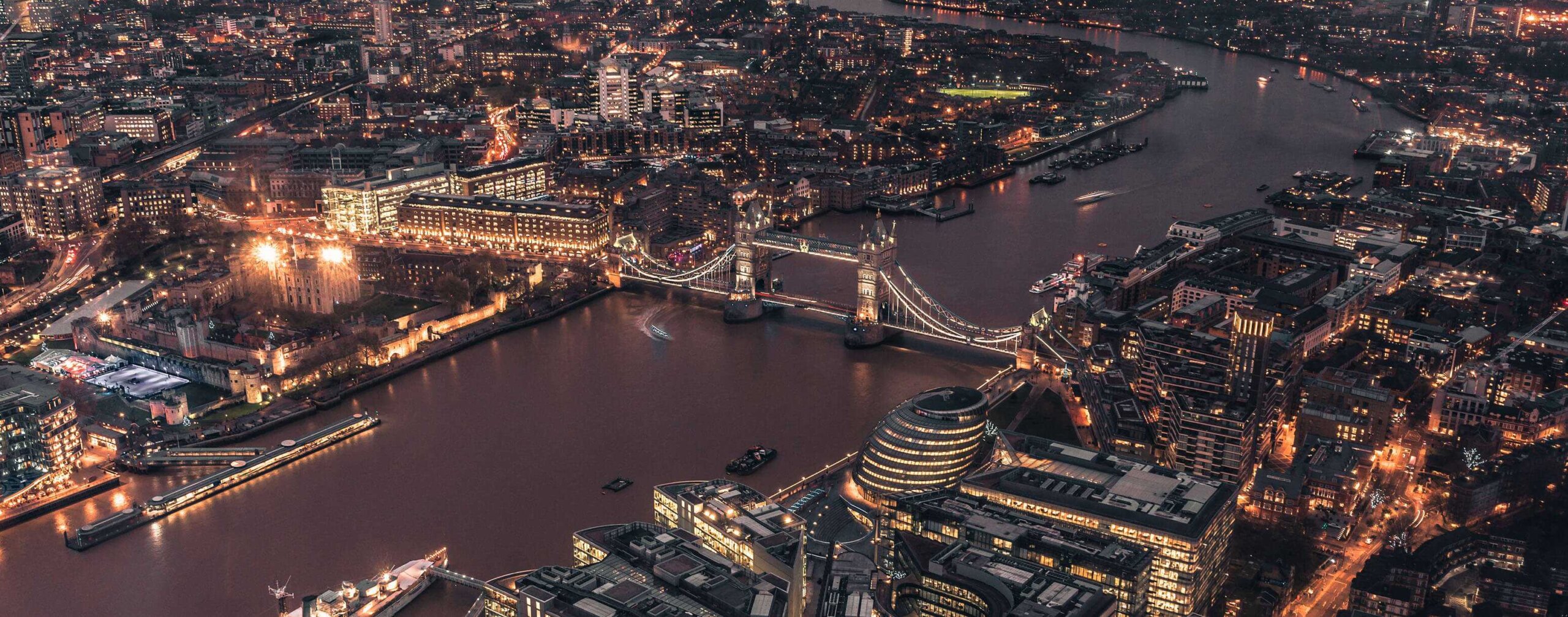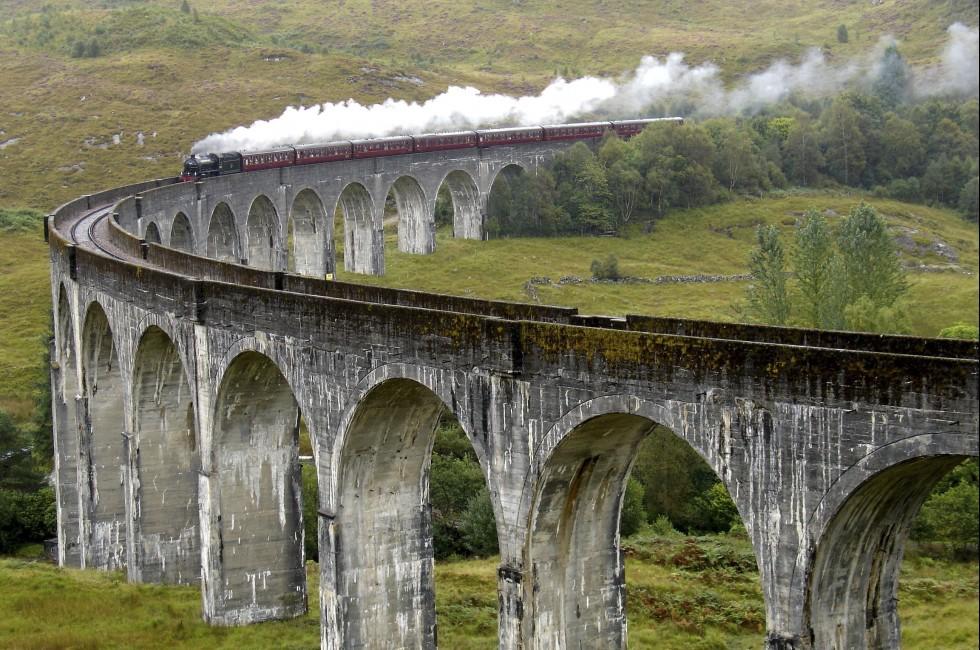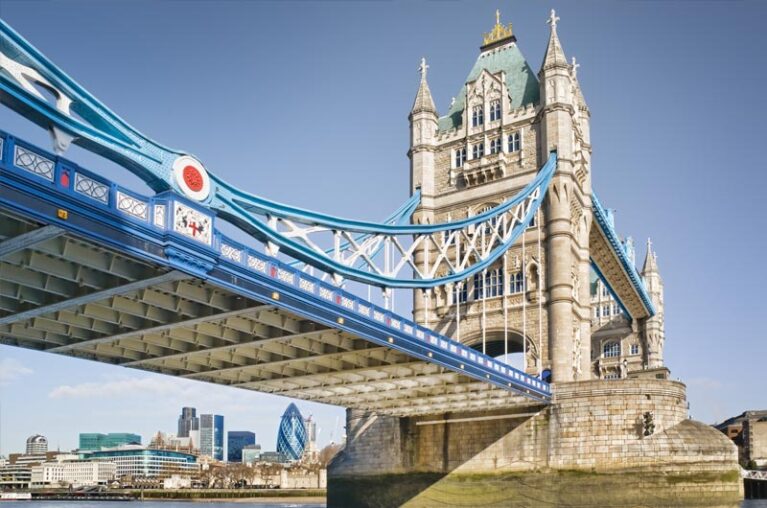United Kingdom
Top Five
-
12 Day Bulgaria, Serbia & Romania Tour
Discover local flavors Learn about traditional tracks Escorted tours High quality accommodation
-
12 Day Classic Romania
Discover local flavors Learn about traditional tracks Escorted tours High quality accommodation
-
12 Day Albania, Montenegro, Croatia & Slovenia
Discover local flavors Learn about traditional tracks Escorted tours High quality accommodation
-
13 Day Turkish Treasures with Cappadocia
Discover local flavors Learn about traditional tracks Escorted tours High quality accommodation
-
12 Day Central Europe with Warsaw & Krakow
Discover local flavors Learn about traditional tracks Escorted tours High quality accommodation

From medieval cathedrals to postmodern towers, from prehistoric stones to one-pub villages, England is a spectacular tribute to the strength—and flexibility—of tradition. In the capital city of London and beyond, you can explore grand manors and royal castles steeped in history, and also discover cutting-edge art, innovative cultural scenes, and trendy shops. Quintessentially English treasures like the Georgian town of Bath, academic Oxford, and eccentric Brighton remain vibrant, and silvery lakes and green hills provide enduring grace notes.
As it’s one of the world’s largest cities, you shouldn’t underestimate how long it can take to get from one side of London to the other. Plan to stay as central as you can afford: between 32 different boroughs, there’s plenty to choose from and you’re bound to find the perfect spot to call home.
Manchester, Liverpool, and the Peak District
For those looking for picture-postcard England, the northwest region of the country might not top many sightseeing lists, but it has plenty to offer. Manchester, Britain’s third-largest city by size and second by cultural significance, bustles with redevelopment, and Liverpool is undergoing similar revitalization.

Scotland packs spectacular landscapes, as well as rich history and tradition, into a small country. From the Lowlands to the Highlands, its lush woodlands, windswept moors, and deep lochs may take your breath away. Impressive castles, whisky distilleries, and golf courses entice, and cities such as Edinburgh and Glasgow tweak tradition with cutting-edge festivals and vibrant cultural scenes. Scotland’s iconic products and customs—from tartans to bagpipes—may travel the globe, but there’s nothing like experiencing them firsthand.
Trendy stores, a booming cultural life, fascinating architecture, and stylish restaurants reinforce Glasgow’s claim to being Scotland’s most exciting city. After decades of decline, it finally experienced an urban renaissance uniquely its own. The city’s grand architecture reflects a prosperous past built on trade and shipbuilding. Today buildings by Charles Rennie Mackintosh hold pride of place along with the Zaha Hadid–designed Riverside Museum.
Glasgow (the “dear green place,” as it was known) was founded some 1,500 years ago. Legend has it that the king of Strathclyde, irate about his wife’s infidelity, threw a ring he had given her into the River Clyde. (Apparently she had passed it on to an admirer.) When the king demanded to know where the ring had gone, the distraught queen asked the advice of her confessor, St. Mungo. He suggested fishing for it—and the first salmon to emerge had the ring in its mouth. The moment is commemorated on the city’s coat of arms.
The vast profits from American cotton and tobacco built the grand mansions of the Merchant City in the 18th century. The tobacco lords financed the building of wooden ships, and by the 19th century the River Clyde had become the center of a vibrant shipbuilding industry, fed by the city’s ironworks and steelworks. The city grew again, but its internal divisions grew at the same time. The West End harbored the elegant homes of the newly rich shipyard owners. Down by the river, areas like the infamous Gorbals, with its crowded slums, or Govan, sheltered the laborers who built the ships. They came from the Highlands, expelled to make way for sheep, or from Ireland, where the potato famines drove thousands from their homes.
During the 19th century the city’s population grew from 80,000 to more than a million. The new prosperity gave Glasgow its grand neoclassical buildings, such as those built by Alexander “Greek” Thomson, as well as the adventurous visionary buildings designed by Charles Rennie Mackintosh and others who produced Glasgow’s Arts and Crafts movement.
The decline of shipbuilding and the closure of the factories in the later 20th century led to much speculation as to what direction the city would take. The curious thing is that, at least in part, the past gave the city its new lease on life. It was as if people looked at their city and saw Glasgow’s beauty for the first time: its extraordinarily rich architectural heritage, its leafy parks, its artistic heritage, and its complex social history. Today Glasgow is a dynamic cultural center and a commercial hub, as well as a launching pad from which to explore the rest of Scotland, which, as it turns out, is not so far away. In fact, it takes only 40 minutes to reach Loch Lomond, where the other Scotland begins.
As cities go, Glasgow is contained and compact. It’s set up on a grid system, so it’s easy to navigate and explore, and the best way to tackle it is on foot. In the eastern part of the city, start by exploring Glasgow Cathedral and other highlights of the oldest section of the city, then wander through the rest of the Merchant City. From there you can just continue into the City Centre with its designer shops, art galleries, and eateries. From here you can either walk (it takes a good 45 minutes) or take the subway to the West End. If you walk, head up Sauchiehall Street. Once in the West End, visit the Glasgow Botanic Gardens, Glasgow University, and the Kelvingrove Art Gallery and Museum. A walk through Kelvingrove Park will being you to the newly fashionable Finnieston area. You can take a taxi to the South Side to experience Pollok House. For Glasgow’s East End, walk down High Street from the cathedral to the Tron Cross; from there you can walk to the Barras market, the People’s Palace, and Glasgow Green.
Edinburgh
Edinburgh’s Old Town, which bears a great symbolic weight as the “heart of Scotland’s capital,” is a boon for lovers of atmosphere and history. In contrast, if you appreciate the unique architectural heritage of the city’s Enlightenment, then the New Town’s for you. If you belong to both categories, don’t worry—the Old and New Towns are only yards apart. Princes Street runs east–west along the north edge of the Princes Street Gardens. Explore the main thoroughfares, but don’t forget to get lost among the tiny wynds and closes: old medieval alleys that connect the winding streets.
The Northern Highlands and the Western Isles
Wild and remote, the Northern Highlands and the Western Isles of Scotland have a timeless grandeur. Dramatic cliffs, long beaches, and craggy mountains that rise up out of moorland like islands in a sea heighten the romance and mystery.
Well-preserved Eilean Donan Castle marks a kind of gateway to the Isle of Skye, famous for the brooding Cuillin Mountains and forever associated with Bonnie Prince Charlie. Jurassic-era sites, prehistoric ruins, crumbling castles, and abandoned crofts (small farms) compress the whole span of history in the islands.
The Northern Highlands is a region where roads hug the coast, dipping down toward beaches and back up for stunning views over the clear ocean, across to the dramatic mountains, or along stunning heather moorland. These twisted, undulating roads—many of them single-track—demand that you shift down a gear, pause to let others pass, and take the time to do less and experience more of the rough-hewn beauty. If you’re lucky, you may see a puffin fishing below the cliffs, an eagle swooping for a hare, or perhaps even a pod of dolphins or whales swimming off the coast. Adorable Highland coos (cows) are sure to make an appearance, too.
Sutherland was once the southern land belonging to the Vikings, and some names reflect this. Cape Wrath got its name from the Viking word hvarth, meaning “turning point,” and Suilven translates as “pillar.” The Isle of Skye and the Outer Hebrides are referred to as the Western Isles, and remain the stronghold of the Gaelic language. Skye is often called Scotland in miniature because the terrain shifts from lush valleys in the south to the rugged girdle of the Cuillin Mountains and then to the steep cliffs that define the northern coast. A short ferry journey away, the moody island of Lewis and Harris lays claim to the brilliant golden sands of Luskentyre and incredible prehistoric sites, from the lunar-aligned Calanais Standing Stones to the Iron Age Doune Broch.
Depending on the weather, a trip to the Northern Highlands and the Western Isles can feel like a tropical getaway or a blustery, rain-drenched holiday. Just remember: “There’s no such thing as bad weather, just inappropriate clothing.”








